The Can Size
When planning a new canning line, one of the first considerations is the size and format of your cans. Standardizing can dimensions across your product range brings significant operational advantages. Using the same diameter and lid type for all cans simplifies the supply chain, reduces the number of spare parts and tooling needed, and ensures smooth operation of filling, seaming, and labeling equipment. It also allows for more consistent handling on conveyors, palletizing, and packaging machines, minimizing the risk of jams or misalignment. While offering multiple can sizes can meet diverse market demands, sticking to a limited set of standard formats improves efficiency, reduces costs, and makes the line easier to operate and maintain.
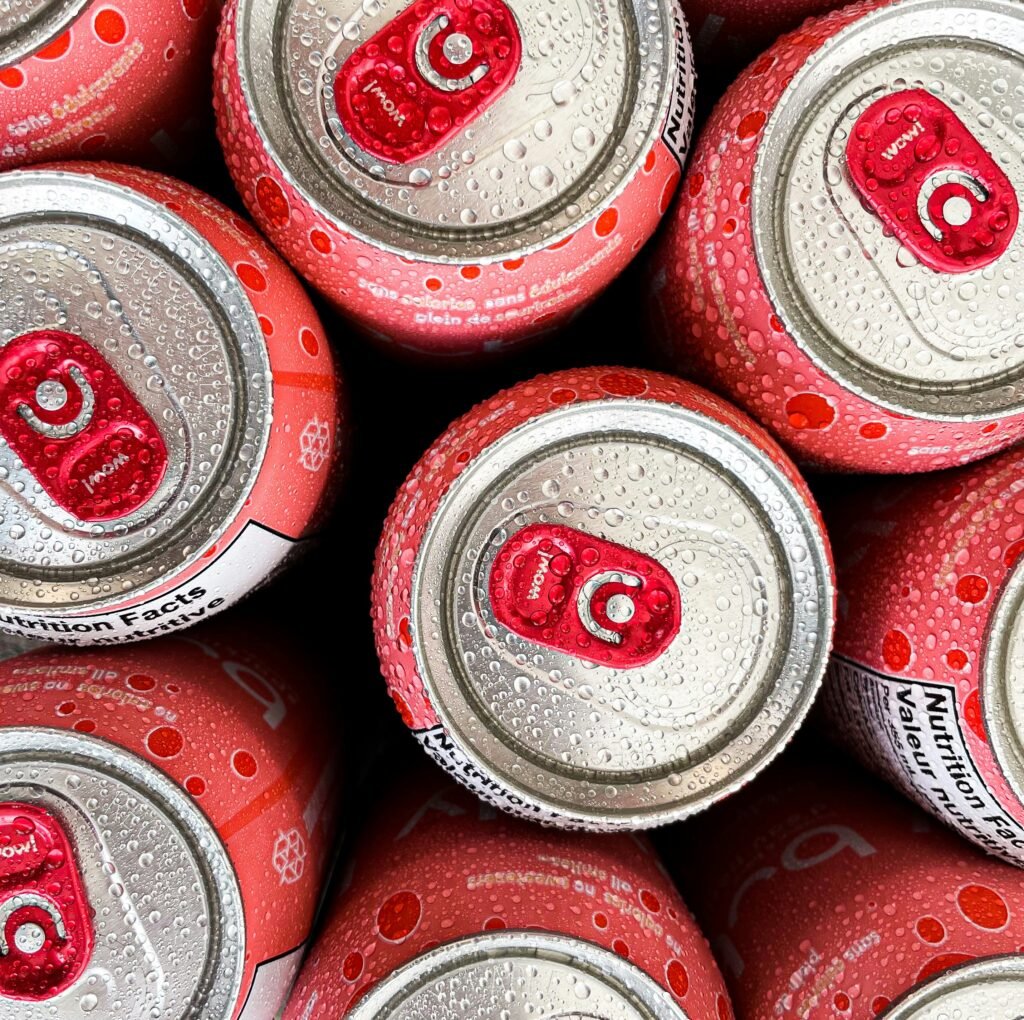
When to invest in Automatic Quality Controls?
Automatic quality control systems become essential once a canning line reaches speeds where manual inspection can no longer reliably ensure product integrity. Typically, lines running above 2,000–3,000 cans per hour already benefit from automated checks for seam integrity, fill level, pressure, and label accuracy. At these speeds, human inspection is too slow and prone to error, increasing the risk of defects reaching the market. Automatic systems not only detect and reject faulty cans in real time but also provide data for trend analysis and preventive maintenance, improving overall line efficiency and product quality. For high-speed or high-volume operations, these controls are no longer optional—they are a critical investment to maintain safety, consistency, and brand reputation.
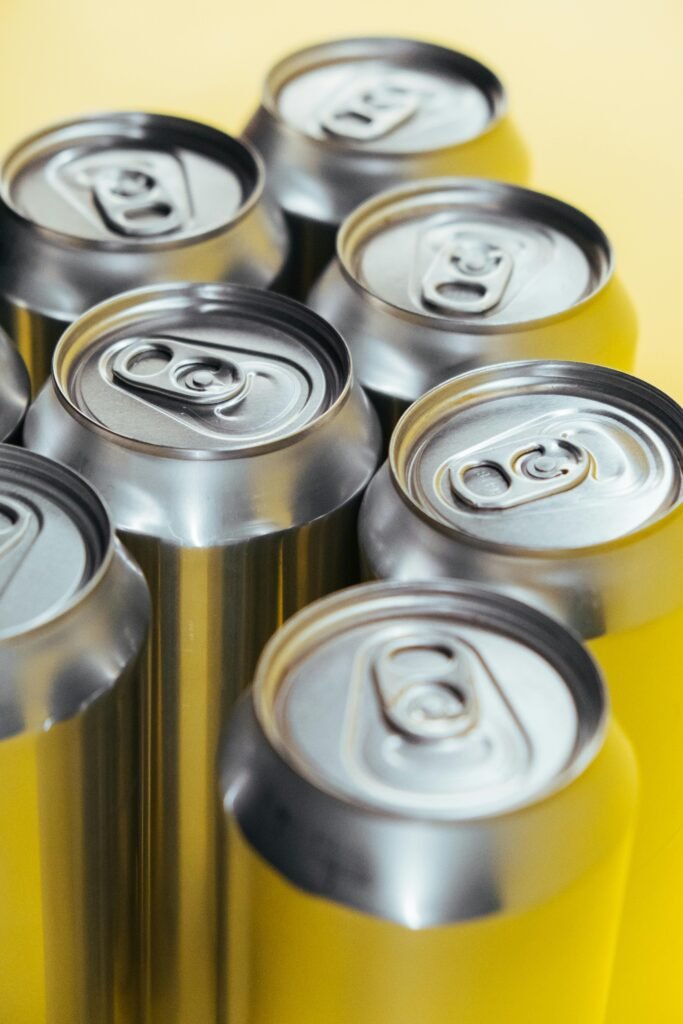
Which Filling Technology?
Selecting the appropriate filling technology for a canning line depends on the type of beverage, its carbonation level, and desired production efficiency. For still or non-carbonated drinks, gravity or volumetric filling with mechanical or electropneumatic valves provides accuracy and cost-effectiveness. Hot-fill systems are suitable for products that require pasteurization, such as juices or teas, ensuring sterility and extended shelf life. Carbonated beverages, on the other hand, demand isobaric filling to preserve carbonation and minimize foaming, which can be achieved with electropneumatic valves for precise control. Ultimately, the choice of filling system should balance product requirements, line speed, and operational flexibility to ensure both quality and efficiency.

What about Labels?
When it comes to decorating cans, the choice between pressure-sensitive labels, shrink sleeves, or direct printing depends on branding goals, production volume, and cost considerations. Pressure-sensitive labels are versatile and allow for high-quality graphics with relatively low investment, making them suitable for smaller batches or premium products. Shrink sleeves provide full 360-degree coverage and vibrant shelf appeal, ideal for campaigns requiring strong visual impact or tamper-evident packaging. Directly printed cans eliminate the need for additional labeling or sleeves, reducing material usage and line complexity, and are especially efficient for high-volume production runs with consistent designs. Selecting the right method ensures both visual appeal and operational efficiency, while aligning with your marketing strategy and production capabilities.
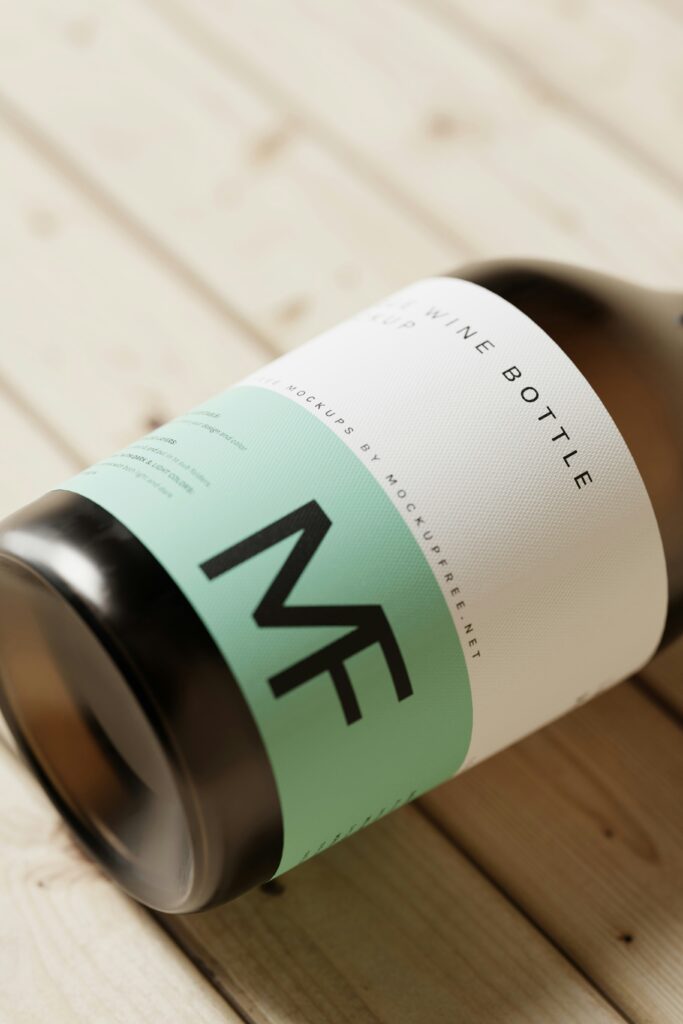
Time to Package
Selecting the appropriate secondary packaging for cans is crucial for protection, transport efficiency, and shelf presentation. Shrink film is the most economical and widely used option, ideal for high-volume production where lightweight, compact packs are desired. Trays with overwrap offer added stability, making them suitable for heavier multi-pack configurations or larger can formats while keeping costs reasonable. Cartons provide the highest level of protection during shipping and offer a large printable surface for branding, making them a preferred choice for premium products or long-distance distribution. The choice of packaging should balance product safety, marketing impact, and cost efficiency, ensuring cans reach retailers and consumers intact while reinforcing the brand image.

Loading on Pallet
The decision between automatic and manual palletization depends on production scale, labor availability, and long-term efficiency goals. Manual palletization is suitable for small operations with lower output, where flexibility and low upfront investment are priorities. It allows workers to adapt easily to different product formats without the need for complex equipment. However, as production volumes increase, manual handling can become labor-intensive, inconsistent, and prone to safety risks. Automatic palletization is recommended when high throughput, precision, and consistency are required, especially in large-scale bottling lines where speed and efficiency directly impact costs. While it requires a higher initial investment, automation reduces labor dependency, minimizes errors, and improves workplace safety, making it the better choice for companies aiming for scalable, long-term growth.
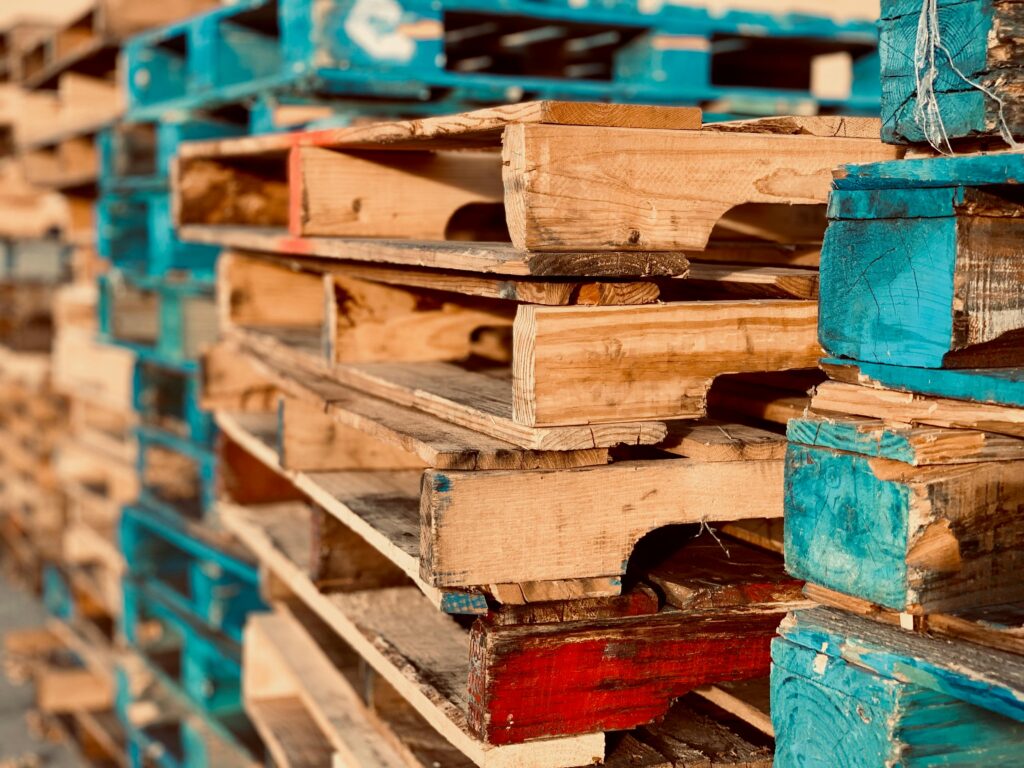
And the Conveyors?
The level of investment in conveyors should align with the overall production capacity, line speed, and desired efficiency of the bottling operation. Since conveyors serve as the backbone of the entire line, ensuring a smooth and uninterrupted flow of bottles, cutting costs in this area can quickly lead to bottlenecks, downtime, and higher maintenance expenses. For smaller operations, a basic yet reliable conveyor system may be sufficient, but as volumes increase, investing in higher-quality, modular, and easily adaptable conveyors becomes critical. Features such as accumulation tables, variable speed control, and hygienic design can significantly improve productivity and flexibility. In short, the investment in conveyors should be seen not as an isolated expense, but as a strategic choice that safeguards the performance of every other machine in the line.
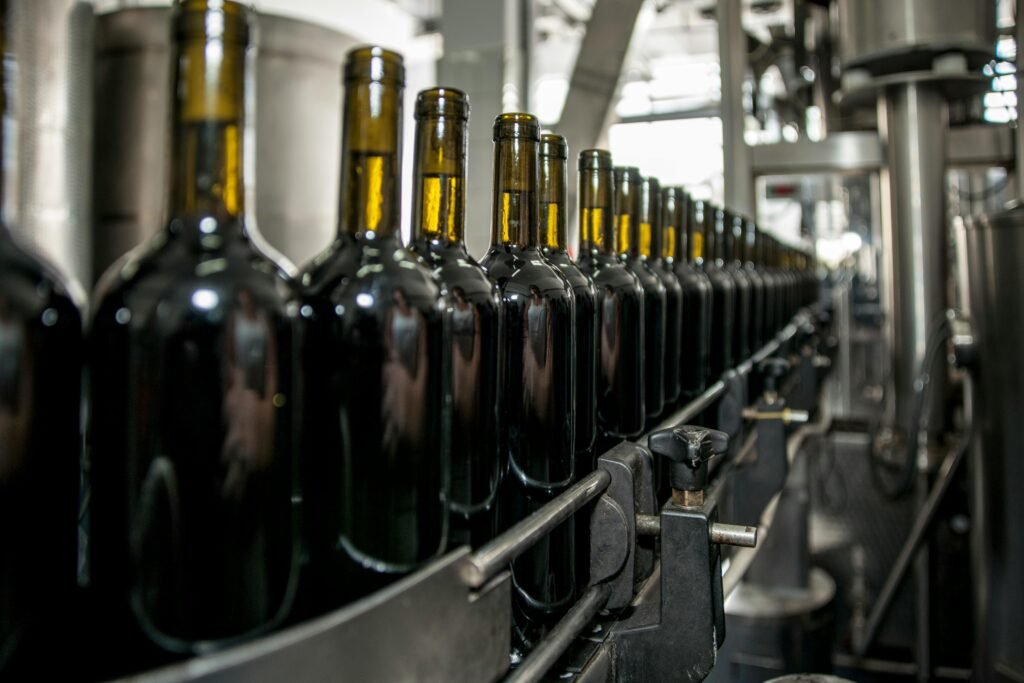
Conclusion
Planning a canning line requires careful consideration of every element, from can format and filling technology to labeling, packaging, conveyors, and palletization. Standardizing can sizes and lids simplifies operations, while choosing the right filling system—whether hot-fill, electropneumatic, or isobaric—ensures product quality and line efficiency. Labeling and decoration methods should balance visual impact with production practicality, and secondary packaging must protect the product while supporting branding and logistics needs. Finally, conveyors and palletization systems are essential to maintain smooth flow, safety, and scalability. By making strategic choices across these areas, producers can build a reliable, efficient, and flexible canning line capable of meeting both current production demands and future growth.

